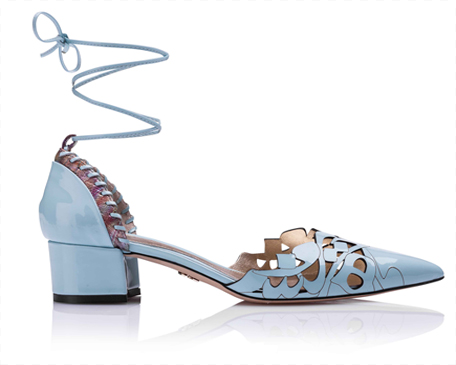Drop Shadow is the way of inserting shadow in order to enhance images. It is a method used to create an artificial shadow on products or subjects to make them look more natural. The white or very light background is more preferable for the best output of drop shadows whereas putting a gray or black area underneath and offset from the object will give a very arty look. Adding a natural drop shadow to an image is essential to achieve a sense of reality. It makes no difference if the original image already has shadow on it; but by using the clipping path technique the resulting shadow will display perfectly. Drop shadows create a sense of depth and texture giving the impression that the object is slightly raised above its background. Using advanced blending and softening techniques, we can create drop shadows that exactly emulate their natural counterparts, with the added bonus that they can be easily manipulated to create a range of variations.
Our skilled DTP operatives have years of experience optimizing photos for publication whether online or in print. Artificially generated drop shadows can be generated to complement the photos context. We recognize its importance to work with our clients to understand how you will input the image and we can also advise on the best types of drop shadow that can help transform images from flat and lifeless into something dynamic and glossy. Keeping that in mind we recognize its importance to our clients and also help them to understand how the images should be deployed.
Natural shadow is altering an image by adding special image shading effect to add a natural looking shadow effect. We can feather your image to give it a monochromatic shade within a specified shape such as elliptical or circular and enhance the balance, stroke length and sharpness. A photo that has a pencil shading effect is not only eye catching but also holds a viewers attention. At Clyde Pixel, we give you the smoothest shading results to give you a bright, well adjusted and changed image. Give the eyes another shade, color the nails as you choose, change the clothing with the trendiest styles! All with the help of the creative team at Clyde Pixel who can work wonders with image shade creation.
Reflection Shadow is adding reflection on an image, making it more realistic to a viewer. A shadow can be a drop shadow that is artificial, digital shading (a standard feature in Photoshop) based on the outlines of an object but a natural shadow (cast shadow) can also be chosen. The original shadow in the photo is then retained (copied) and added to the isolated object. Shadows can be used on any background/surface. Depth, direction, color, intensity, etc. can be detailed in the specifications.
Reflections are created by simulating an object on a mirrored surface. A reflection can be created by copying the original (isolated) object, flipping it and then editing it (adjusting opacity, feathering, etc.). Reflections in the original photo (due to use of a mirrored surface) can also be retained.






